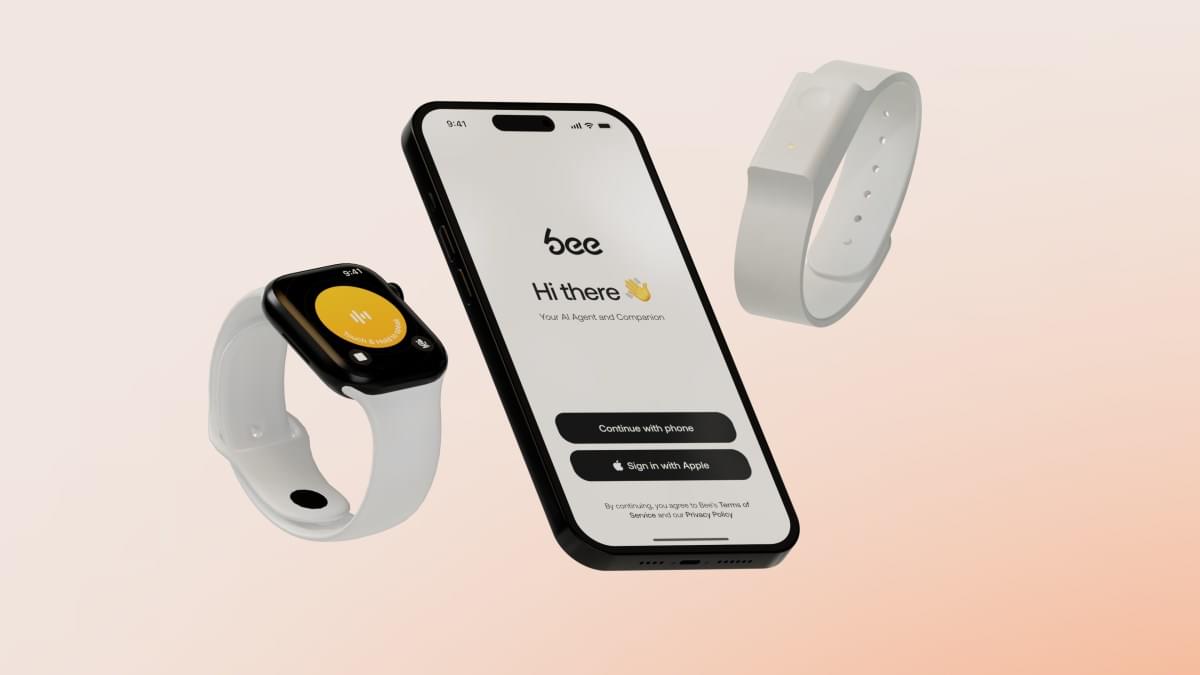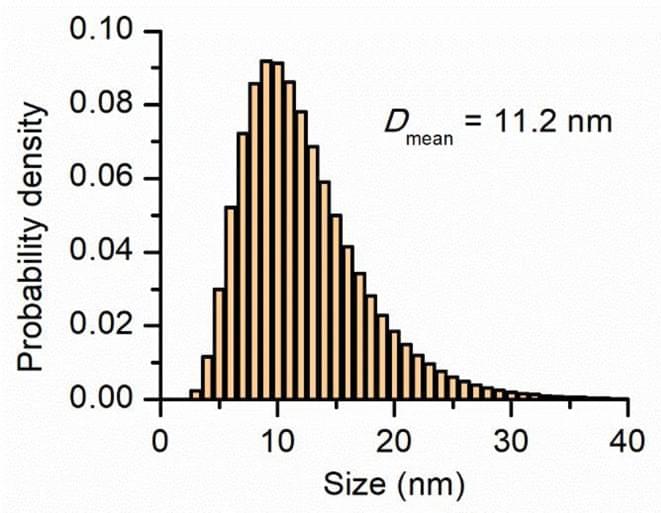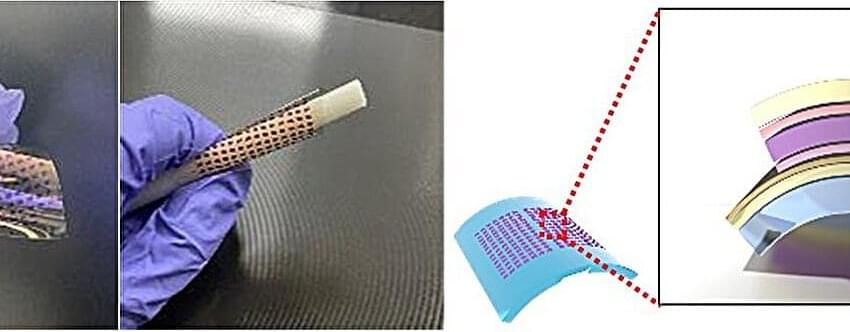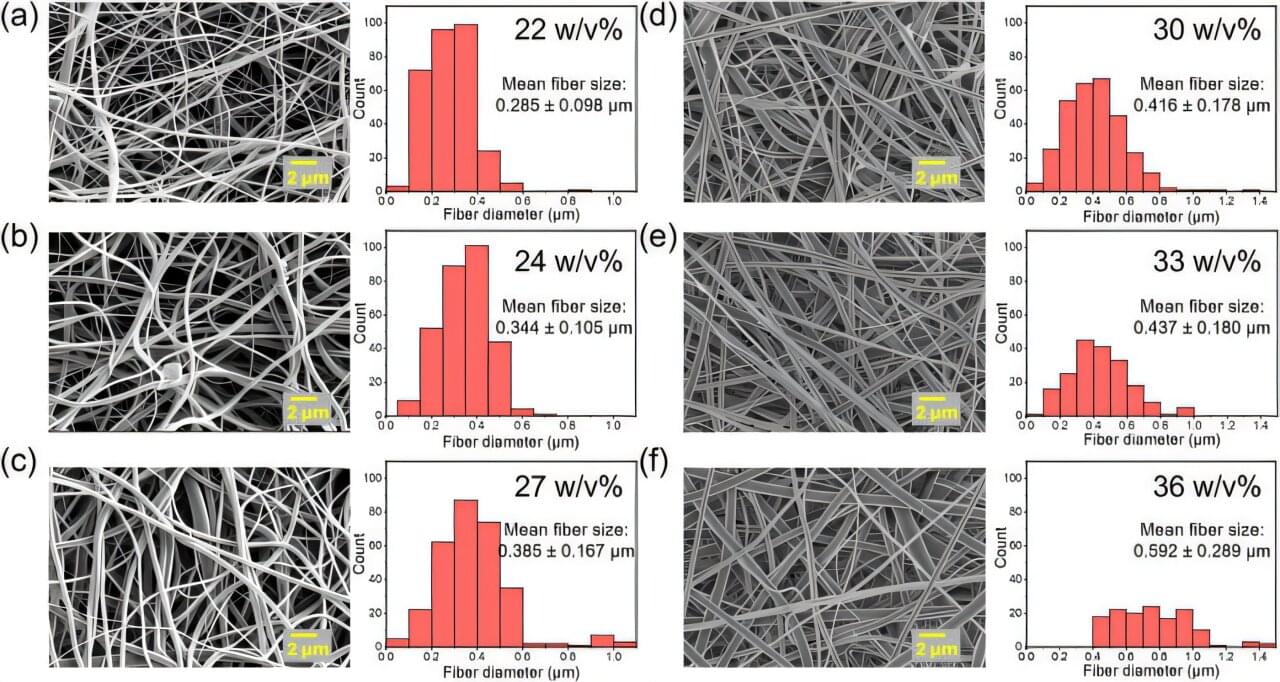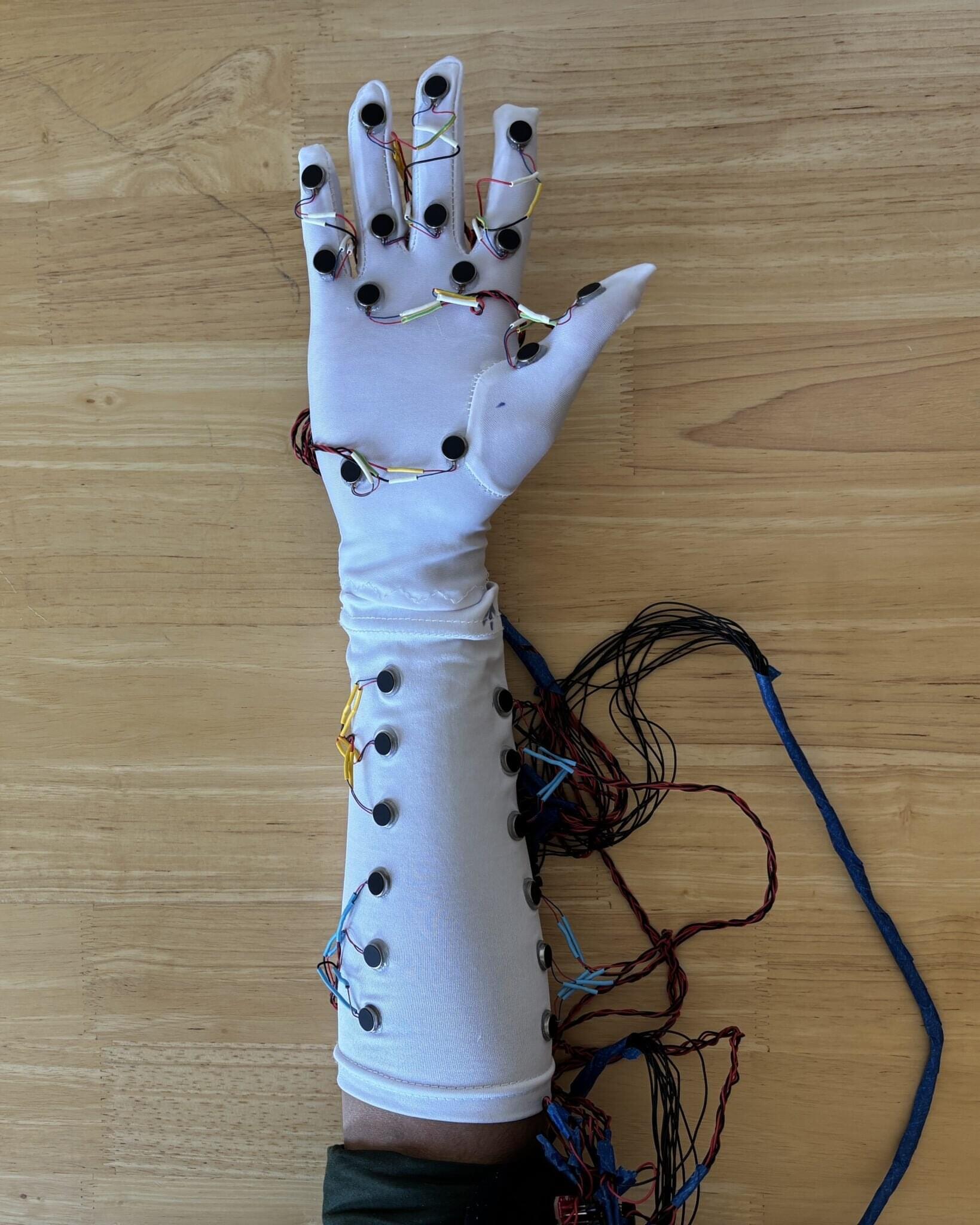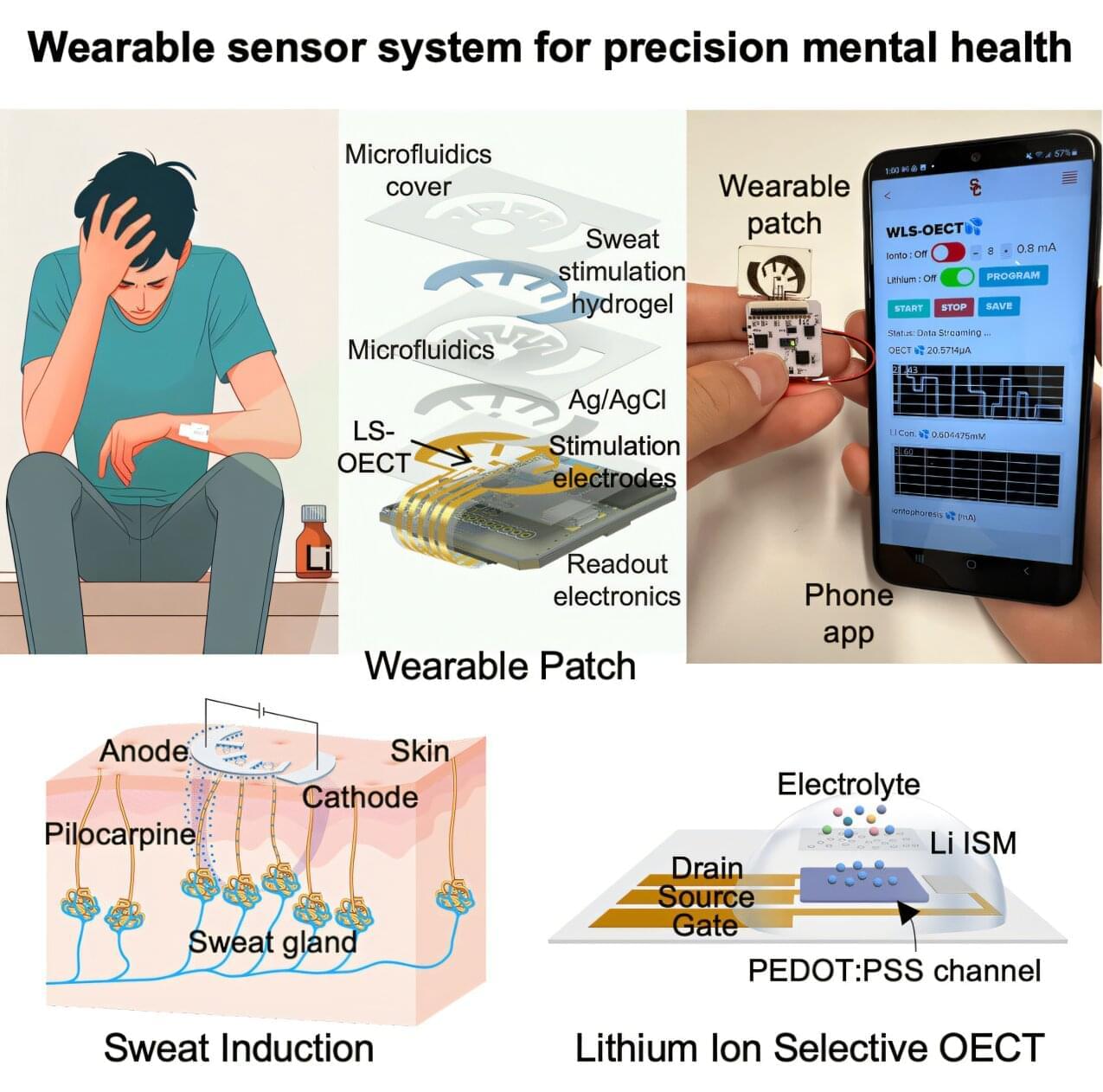In an instant, one French surfer’s tropical vacation became a nightmare. On a late afternoon in February 2011, Éric Dargent was riding the waves off Réunion, a small island in the Indian Ocean renowned for its world-class waves, when a shark mangled his left leg. Luckily, a nearby surfer quickly fashioned a tourniquet to stem the bleeding and helped him ashore. Surgeons ended up amputating Dargent’s leg above the knee.
At the time, the attack was seen as unusual. But it turned out to be the beginning of what would become known on Réunion as “la crise requins,” or the shark crisis. Over the next 8 years, sharks attacked 30 people around the island, killing 11—accounting for an extraordinary 18.5% of known global shark fatalities over that period. The attacks earned Réunion infamy as a “shark island,” prompting officials to close its beaches to swimming and surfing, causing immense damage to its lucrative tourism industry.
Scientists, however, flocked to the island. In an effort to understand the outbreak and prevent future attacks, the French government, which oversees Réunion, poured millions of euros into studying shark ecology and behavior, as well as technologies to deter attacks. Réunion soon became a major center for shark attack research, rivaling long-established programs in Australia and South Africa. The work has resulted in scores of scientific papers in a wide range of fields, from ecology to social science, and produced technology now used in other regions to catch dangerous sharks while sparing less threatening animals. It has also fueled controversy—including debates over whether wearable electrical devices designed to repel sharks really work and whether the mass killing of the predators increases beach safety—and exposed deep divides in how people view sharks.

